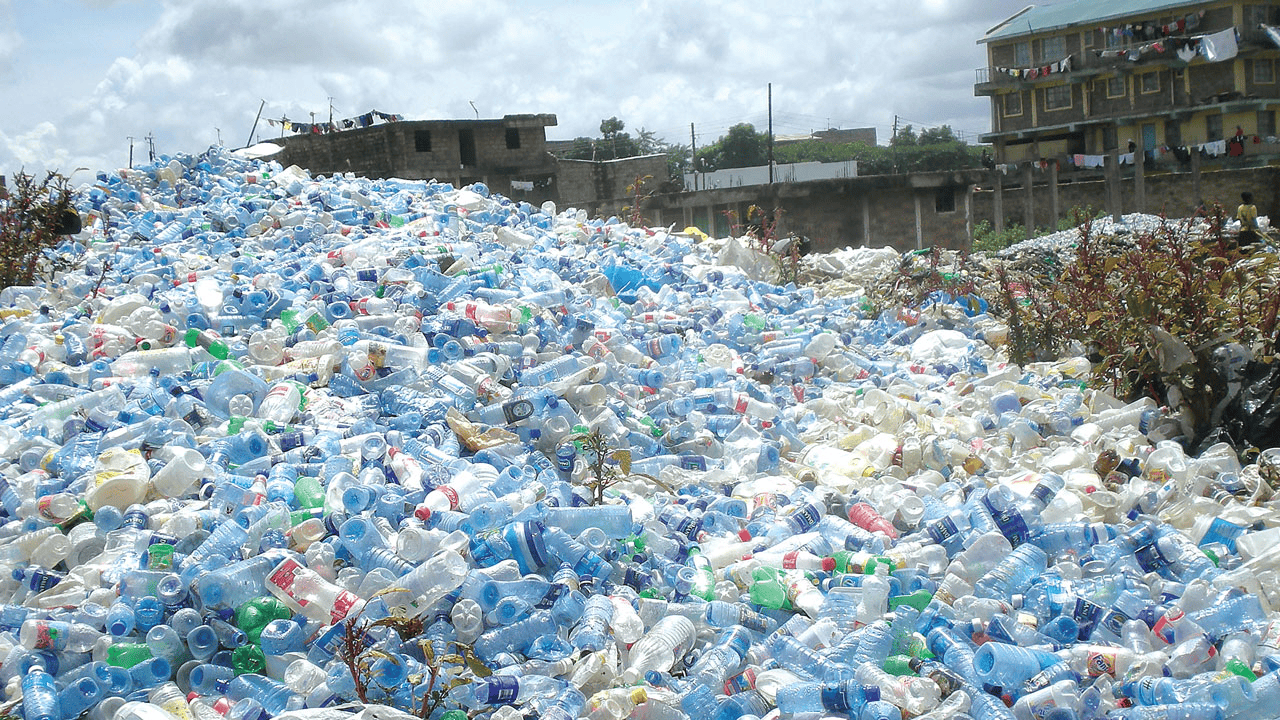Rwanda, Tanzania, the Democratic Republic of the Congo, Somalia, Burundi, and Kenya are among the countries chosen by the IMF.
A report by the East African news outlet The East African claimed that these countries are similarly beset by dwindling foreign exchange reserves, decreased tax receipts, and weakening national currencies.
“The IMF funding, which is pegged on the implementation of key socioeconomic and governance reforms by the recipient countries, is aimed at helping them deal with the persistent budget deficits and shore up the flagging foreign exchange reserve positions,” according to the paper.
The board has distributed $150.5 million, $268.05 million, and $202.1 million to Tanzania, Rwanda, and the Democratic Republic of the Congo, respectively.
Tanzania’s funding program stretches back to July 2022, when the $1.04 billion Extended Credit Facility was approved. Under the agreement, Tanzania can currently access up to $455.3 million.
Somalia and the IMF struck an agreement on major economic and financial policy reforms. This enabled significant debt reduction as well as an additional $100 million in finance under a three-year Extended Credit Facility agreement.
`
The approval of a new $268.05 million, 14-month credit facility arrangement, for Rwanda, came on December 14. Kigali may presently only access $138.84 million of the borrowing facility.
On the same day, the IMF Board completed its sixth review under the ECF agreement with the DRC, allowing for an immediate transfer of $202.1 million to foreign reserves to continue collecting buffers.
Kenya received an additional $938 million loan, which is expected to be authorized in January, after which the government will be able to access approximately $682 million.
In the case of Burundi, the IMF board approved a 38-month deal under the ECF in July, allowing the country access to $261.7 million.











